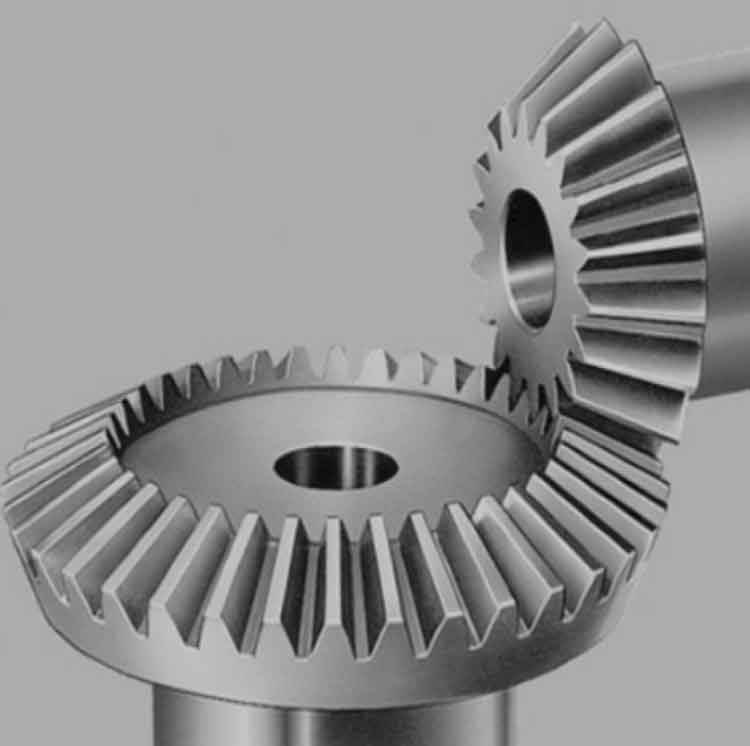To optimize the performance of straight bevel gears and harness their power effectively, several factors should be considered during the design, selection, and operation of the gears. Here are some key aspects to focus on:

- Proper Gear Design: Designing straight bevel gears with appropriate specifications is crucial. Consider factors such as gear ratio, tooth profile, pitch diameter, and material selection. Optimize the gear design based on the application requirements, load conditions, and operating environment.
- Material Selection: Choose high-quality materials for straight bevel gears to ensure durability and strength. Common materials include alloy steels, hardened steels, and cast iron. Select materials with good fatigue resistance, wear resistance, and sufficient load-carrying capacity to handle the expected operating conditions.
- Gear Tooth Profile Optimization: The tooth profile of straight bevel gears should be carefully designed to ensure smooth engagement and disengagement, minimal noise, and efficient power transmission. Optimize the tooth geometry and tooth surface finish to reduce friction and wear. Consider using specialized software or consulting with gear design experts for accurate tooth profile optimization.
- Proper Lubrication: Effective lubrication is essential for minimizing friction, reducing wear, and dissipating heat in gear systems. Select a suitable lubricant that provides adequate film thickness and lubrication properties for the operating conditions. Regularly monitor lubricant quality and perform scheduled lubricant changes to maintain optimal gear performance.
- Alignment and Mounting: Proper alignment and mounting of straight bevel gears are crucial for their smooth operation and longevity. Ensure accurate alignment of the shafts and gears to minimize misalignment-induced wear and noise. Use appropriate mounting methods and techniques to secure the gears firmly in place.
- Load Distribution: Straight bevel gears should be designed and operated to ensure uniform load distribution across the gear teeth. This helps to minimize stress concentrations and increase gear life. Consider load-sharing techniques such as multiple gear pairs or double helical gears to distribute the load more evenly.
- Maintenance and Inspections: Regular maintenance and inspections are vital to optimize gear performance. Implement a maintenance schedule that includes gear inspections, lubricant analysis, and wear monitoring. Replace worn gears or damaged components promptly to prevent further damage to the gear system.
- Operating Conditions: Consider the operating conditions, such as temperature, speed, and torque requirements, when designing and selecting straight bevel gears. Ensure that the gears are designed to withstand the anticipated operating conditions without exceeding their limits. Consider factors such as thermal expansion, backlash, and vibration damping to optimize gear performance.
- Noise and Vibration Control: Straight bevel gears can generate noise and vibration during operation. Implement measures such as gear profile modifications, backlash optimization, and vibration damping techniques to reduce noise and vibration levels. This helps to improve the overall performance and reliability of the gear system.
By focusing on these aspects and paying attention to gear design, material selection, lubrication, alignment, maintenance, and operating conditions, the performance of straight bevel gears can be optimized. Proper utilization of these gears ensures efficient power transmission, increased durability, and reliable operation in various applications.
